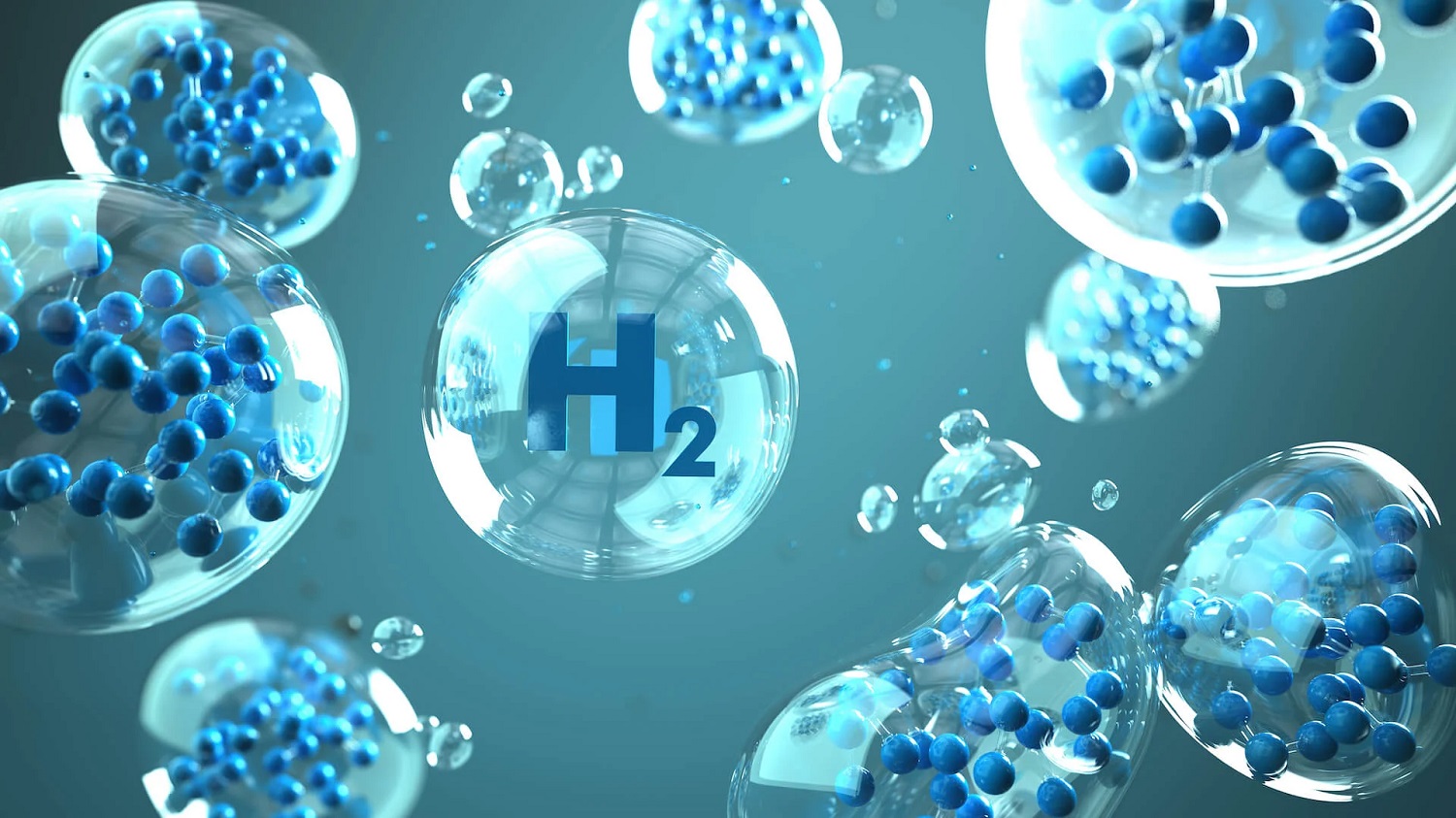The first experimental submarine pipeline was laid in the North Sea in 1964 to transport gas from Esso’s Brigg Field to Teesside in England. This marked the beginning of a new era in pipeline infrastructure development as oil and gas producers sought to exploit reserves located far from shore. Initial projects faced many technical challenges to overcome problems like pipe stability, installation methods, and protection systems against marine hazards like ship anchors. Through the 1960s-1970s, advancement was gradual as engineers gained more experience designing and installing pipelines in deeper waters and more hostile marine environments. A breakthrough occurred in 1975 with the opening of the Frigg UK-Norway gas pipeline, laid at a maximum water depth of 300 feet using bottom towed and laid pipe laying barges. This demonstrated the technical and commercial viability of transporting hydrocarbons long distances via submarine pipelines.
Establishing Standards and Maximizing Efficiency
As the number of offshore oil and gas fields coming online increased in the North Sea and Gulf of Mexico, so too did the miles of pipelines being installed to connect them to onshore terminals and markets. This rapid expansion drove the need for establishing international design and safety standards. In the 1980s, bodies like ISO and DNVGL played a key role advising on engineering requirements, material selection, corrosion protection, and third party verification. Their standards set benchmarks that continue shaping submarine pipeline projects worldwide. At the same time, operators worked to push design limits and push the boundaries of what was possible underwater. Advances in remotely operated vehicle (ROV) inspection capabilities helped qualify Offshore Pipeline to operate at greater depths and in more extreme seas. Larger diameter trunklines also allowed multi-field aggregation to optimize throughput. These standards and efficiency gains supported continued offshore energy development through the late 20th century.
The Modern Era: Multiphase Flow and Deepwater Frontiers
Since 2000, two major technology trends have defined offshore pipeline infrastructure. First, operators in mature provinces like the North Sea faced declining reservoir pressures, necessitating boosting and increased use of multiphase flow wherein gas, oil, and water are transported together. This required new materials, enhanced insulating coatings, and sophisticated monitoring to safely handle variable flow conditions. Second, discoveries in ultra-deepwater geologies like pre-salt Brazil and the Gulf of Mexico could only be commercialized through complex subsea production systems tied back to fixed or Floating Production Storage and Offloading (FPSO) vessels. Major projects like Tupi and Búzios in Brazil required welding pipe joints on the seafloor up to 10,000 feet deep. Remotely installed rigid risers also allowed transport from the seafloor to dynamically positioned vessels. These extreme operating environments pushed industry engineers to develop new pipeline design methods, installation techniques, and integrity management programs capable of ensuring safety for 25+ years in some of the harshest offshore locations.
Opportunities and Challenges Ahead
Looking ahead, offshore pipeline will continue growing in strategic importance as global energy demand rises and reserves shift to even deeper offshore plays. Emerging frontiers like the Arctic and East Africa hold vast untapped resources but come with unique installation challenges due to extreme weather, ice cover, and remote offshore locations. Pipeline projects proposed to export LNG from northern coasts will require pioneering new subsea construction methods. Meanwhile, older hubs worldwide must maximize reserves through extensive tie backs, infield manifold integration, and tie-ins to export new marginal discoveries. Several proposed domestic U.S. Gulf pipelines could boost production if regulatory and commercial hurdles are cleared. But obstacles remain like increasing maintenance costs, transitioning aging infrastructure, and developing economically viable small field solutions. Through steady engineering refinement and optimized project planning though, the submarine pipeline industry is well positioned to safely unlock offshore energy reserves for generations to come using cutting edge subsea infrastructure.
*Note:
1. Source: Coherent Market Insights, Public sources, Desk research
2. We have leveraged AI tools to mine information and compile it




